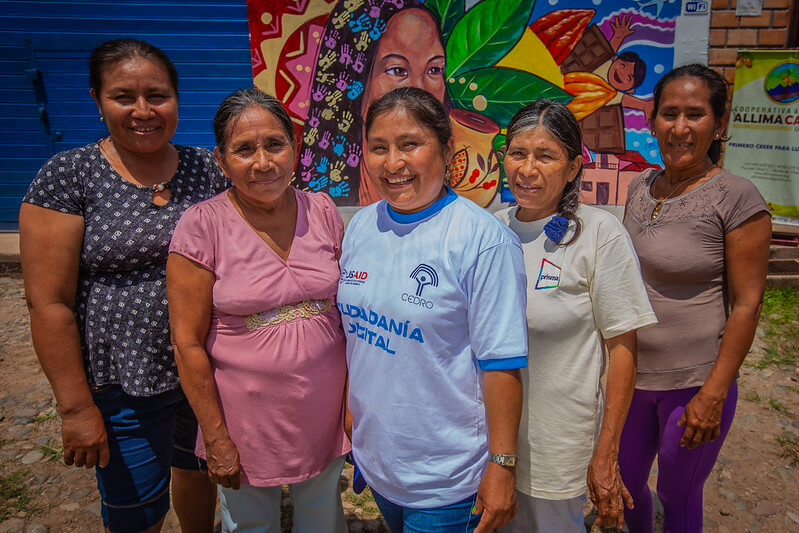 Inflammatory acne and rosacea are both common in Latin Americans, but because rosacea is usually associated with lighter skin tones, it is often missed or misdiagnosed in those with darker skin, according to a recent article in the Journal of Drugs in Dermatology.
Inflammatory acne and rosacea are both common in Latin Americans, but because rosacea is usually associated with lighter skin tones, it is often missed or misdiagnosed in those with darker skin, according to a recent article in the Journal of Drugs in Dermatology.
In the article, Dr. Mercedes Florez-White, associate professor of dermatology at the Herbert Wertheim College of Medicine at Florida International University, noted that Latin America represents a broad and varied mixture of races and ethnicities, including Africans, Asians, Europeans and indigenous peoples, which has resulted in all colors of skin. Rosacea is most frequent in patients from the southern cone of South America where there was a large European immigration, she added.
Dr. Florez-White said that rosacea may be misdiagnosed as adult acne in patients with darker complexions, and physicians should look for the differentiating features of the two conditions when making their diagnosis. Rosacea sufferers may experience facial flushing, burning and stinging, and eye symptoms, while post-inflammatory hyperpigmentation, or dark discoloration of the skin, occurs more often with acne and rarely with rosacea. Additionally, the presence of whiteheads and blackheads is indicative of adult acne rather than rosacea.
Read more about diagnosing rosacea in darker-skinned populations.
Reference:
Florez-White M. Acne and rosacea: Special considerations in the treatment of patients with Latin American ancestry. J Drugs Dermatol. 2019 Mar 1;18(3):s124-126.
Photo courtesy of USAID Digital Development.